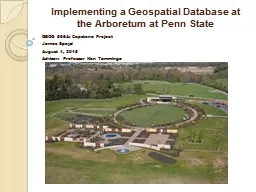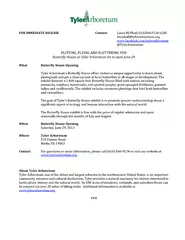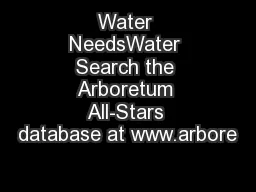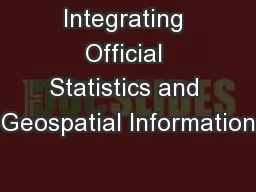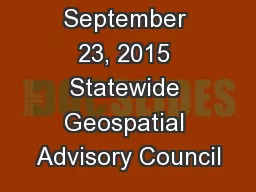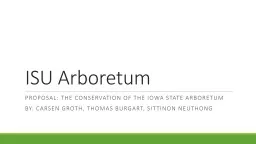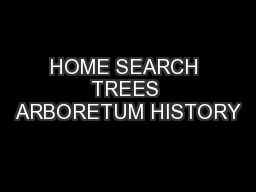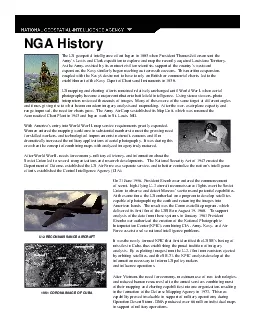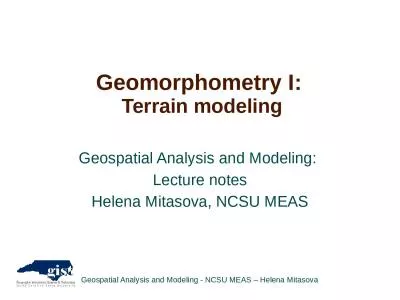PPT-Implementing a Geospatial Database at the Arboretum at Penn State
Author : tawny-fly | Published Date : 2018-10-30
GEOG 596A Capstone Project James Spayd August 4 2015 Advisor Professor Ken Tamminga Presentation Overview History of PSU Arboretum Goals Timeline Data Collection
Presentation Embed Code
Download Presentation
Download Presentation The PPT/PDF document "Implementing a Geospatial Database at th..." is the property of its rightful owner. Permission is granted to download and print the materials on this website for personal, non-commercial use only, and to display it on your personal computer provided you do not modify the materials and that you retain all copyright notices contained in the materials. By downloading content from our website, you accept the terms of this agreement.
Implementing a Geospatial Database at the Arboretum at Penn State: Transcript
Download Rules Of Document
"Implementing a Geospatial Database at the Arboretum at Penn State"The content belongs to its owner. You may download and print it for personal use, without modification, and keep all copyright notices. By downloading, you agree to these terms.
Related Documents

